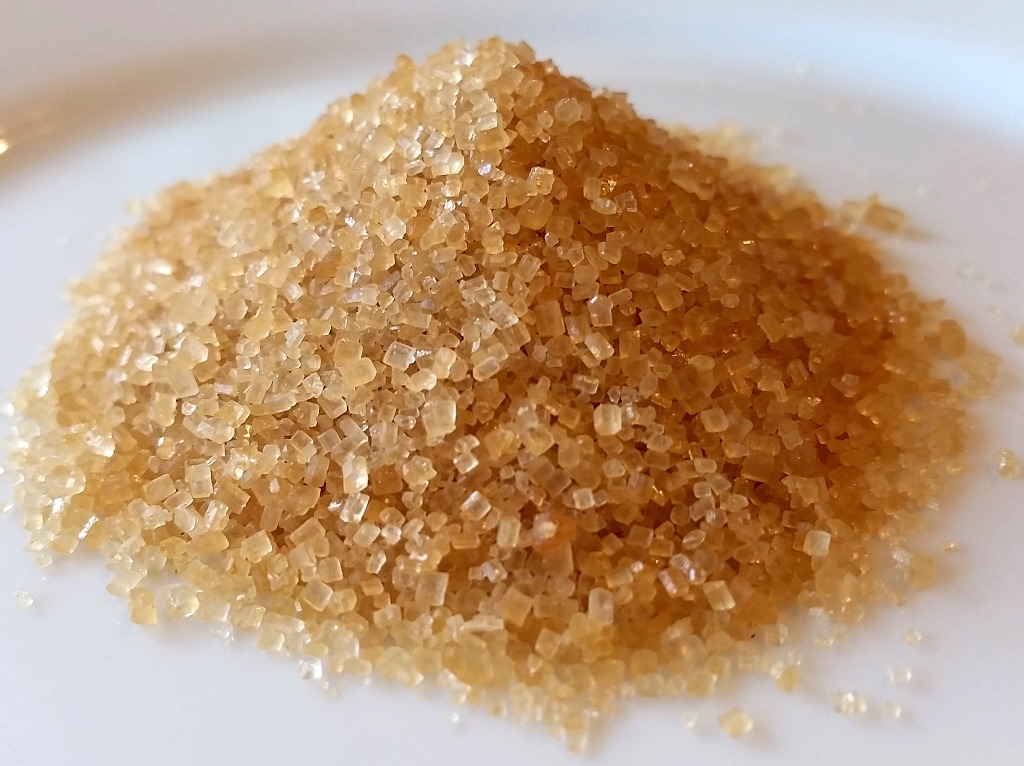Sugar
Have you eaten sugar today?
“Sugar is made in nature” and “genuine natural product” are advertising campaign designed to give us an idea of the healthiness of sugar. However, the common sugar sold in the store - cane sugar - is far from a natural product. It is an industrial product that has undergone a long processing process. The sugar-containing juice is separated from the sugar cane and beet and is filtered and crystallized. All nutrients in the original plant have been completely removed from the white sugar. Pure white sugar gives only the so-called entertainment calories and no vitamins, minerals or dietary fiber. Thus, from a nutritional point of view, ordinary sugar is completely unnecessary. The same goes for dark sugar, fructose, brown sugar and syrup - they are unnecessary for the body.
Sometimes one hears the claim that sugar must be eaten because the brain needs sugar. However, the body makes the sugar it needs by breaking down any carbohydrate-containing food (e.g. rye bread) into sugar and brain energy. Thus, no added sugar is required.
So it can be said that sugar “impoverishes” the diet. The more sugar, the less important nutrients. It is also worth noting that sugar fattens because the excess sugar converts into fat in the body. In many cases, a sugary product is also high in fat, which further increases the fattening of such a product, for example chocolate.
Many may think that they are not using sugar at all, but do not notice that only part of the sugar is visible. Hidden sugar is almost unavoidable. It is found in biscuits, cakes, sweets, juice drinks, lemonades, alcoholic beverages, yogurts, breakfast cereals, even ketchup and mustard.
Rarely, we think about how much hidden sugar is in our food:
- 1 bottle of lemonade 15 pieces of sugar
- 1 bar of chocolate 7-9 pieces
- 2 dl candied yogurt 5-8 pieces
- 2 dl muesli 6 pieces
- 1,25 dl pudding 4-5 pieces
- 1 ice cream cone 4 pieces
- 1 cinnamon bun 2-3 pieces
- 1 tbsp cocoa powder 2 pieces
So how much sugar can be used?
As a good rule of thumb for adults, it should be considered that no more than 50 g should be exceeded. This equates to about ½ dl of fine sugar or 17 pieces of sugar. For example, a ½ liter bottle of lemonade already makes 45 grams of sugar.
In practice, it is almost impossible to estimate the amount of sugar, as it is often not marked on the packaging. It is useless to look for a sugar label for example in a lemonade bottle. Often, sugar is hidden in the shelters of the word 'carbohydrate', as sugar belongs to the group of carbohydrates. It would be good for the consumer if sugar labeling were mandatory.
Have you eaten visible or hidden sugar today? Eating sugar is like putting the wrong gasoline in the tank of your car: not working properly! Your body will not work properly if you load bad fuel there.
Marjo Mannelin
Licensed nutritionist
Licensed nutritionist
 |